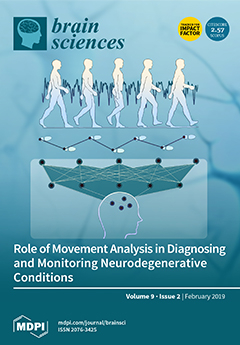Background: Although depression and financial distress are correlated, this association may differ for demographic groups, particularly based on race.
Aim: Using a national sample of American adults, this study tested whether the association between Major Depressive Episode (MDE) and financial distress differs between
[...] Read more.
Background: Although depression and financial distress are correlated, this association may differ for demographic groups, particularly based on race.
Aim: Using a national sample of American adults, this study tested whether the association between Major Depressive Episode (MDE) and financial distress differs between African Americans and Whites.
Methods: The National Survey of American Life (NSAL), 2003, enrolled 3570 African American and 891 Non-Hispanic White American adults. Demographic data (age and gender), socioeconomic position (SEP; i.e., education, employment, marital status, and income), financial distress, and 12-month MDE were measured. Logistic regression was used for data analysis.
Results: In the pooled sample, 12-month MDE was associated with higher odds of financial distress, above and beyond objective SEP measures. We found MDE by race interaction on financial distress, suggesting stronger association between MDE and financial distress among African Americans, compared to Whites.
Conclusions: The link between MDE and financial distress depends on race. The financial needs of African Americans with depression should be addressed. Depression screening is also needed for African Americans with financial distress.
Full article






